Reparations for a history of violence committed against African Americans.
When people talk about “reparations” for African Americans they usually mean reparations for slavery—250 years of chattel bondage—but African Americans deserve compensation for a long list of crimes committed against them well after emancipation.
The Reconstruction Era
White supremacists, often including the Ku Klux Klan, carried out many acts of violence during the Reconstruction era in an effort to stop African Americans from advancing.
Illustration of a group of hooded Ku Klux Klan members preparing to lynch president Abraham Lincoln, circa 1867
African American families gather the dead and wounded of Louisiana's state militia in Colfax, Louisiana on April 14, 1873
Click on each city for the horrific details
Memphis, TN
Whites, including police, killed 46 African Americans while burning houses, schools and churches.
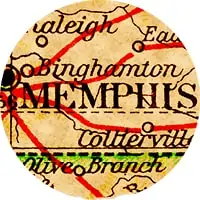
May 1866
New Orleans, LA
White residents attacked black marchers protesting the state legislature enacting black codes and limiting suffrage, resulting in 48 deaths.
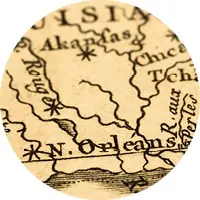
July 1866
Pulaski, TN
Whites killed or wounded six African American men.
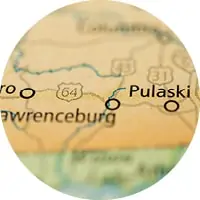
January 7, 1868
Albany, GA
More than a dozen blacks were massacred while marching to protest their expulsion from elected office.
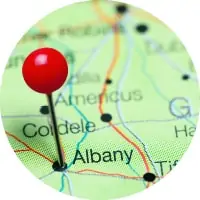
September 1868
Opelousas, LA
Armed white mobs roamed the countryside in response to the promotion of voter registration and education for African Americans.
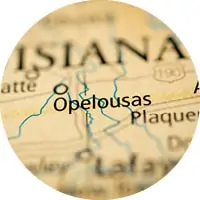
September 1868
St. Bernard Parish, LA
Days before the presidential election, which would decide the fate of Reconstruction in the South, armed groups of white men mobilized to suppress the recently emancipated voters, dragging at least several dozen blacks from their homes and murdering them in cold blood.
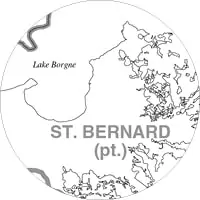
October 1868
Meridan, MS
A mob of vigilante whites led by the Ku Klux Klan resulted in the murders of nearly thirty blacks and a white Republican judge.
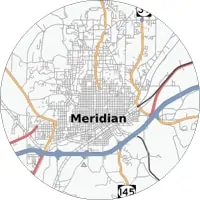
March 1871
Colfax, LA
When whites contested the result of the 1872 election, 60 to 80 African Americans were killed.

April 1873
Barbour County, AL
African American voters were attacked at the polls by a paramilitary white supremacist group. More than 1,000 were prevented from voting, seven killed, and 70 wounded.
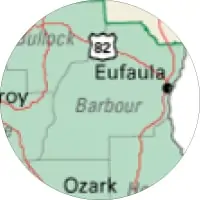
November 1874
Vicksburg, MS
Whites killed 75 to 300 African Americans who had organized to defend a formerly enslaved veteran of the Union Army.
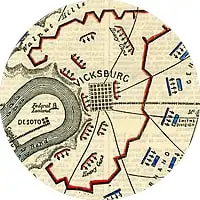
December 1874
The Jim Crow Era
The Klan used public violence against black people and their allies as intimidation. They burned houses and attached and killed black people, leaving their bodies on the roads.
Nocturnal gathering of robed and hooded Ku Klux Klan men in 1921-1922. Photo by National Photo Company and was likely taken within 100 miles of Washington, D.C.
Click on each city for the horrific details
Danville, VA
After an attack by white supremacists that left four black men dead, armed white men patrolled the streets, preventing blacks from voting.
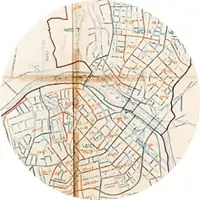
May 1866
Carrollton, MS
When a black person had the audacity to charge a white person with a crime, over fifty armed white men stormed the courtroom the day of the trial and opened fire. Some blacks tried to escape by jumping out the second-floor windows but were shot by armed white men waiting outside. In all, about two dozen were killed and many others injured.
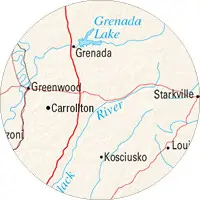
July 1866
Thibodaux, LA
The Louisiana Militia, aided by bands of prominent citizens, shot and killed 30 to 60 unarmed, striking black sugar workers.

January 7, 1868
Polk County, AR
White workers attacked black workers in Arkansas who were coming to work on the Kansas City, Pittsburg, and Gulf Railway, killing three and wounding eight.
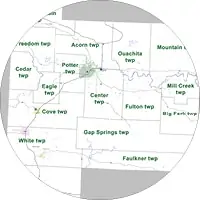
September 1868
Wilmington, NC
White supremacists overthrew the results of a local election, killed dozens of black people and burned down much of their neighborhood.
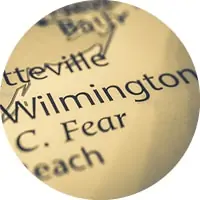
September 1868
Springfield, IL
African Americans were killed and their homes and businesses were burned to the ground by a mob of about 5,000 whites.
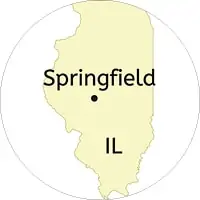
August 1906
Atlanta, GA
When four white women alleged they were assaulted by black men, a completely bogus claim, as many as 2,000 white men took to the streets, terrorizing black communities, beating, stabbing, and shooting anyone in sight, resulting in a death toll of up to 100.
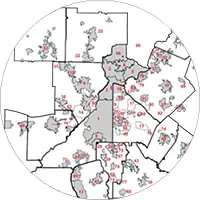
September 1906
Slocum, TX
Large mobs of heavily armed white residents from all over the county roamed the area, engaging in what has been termed a “potshot” occasion, firing on blacks at will, moving from road to road, cabin to cabin, and following their victims into the surrounding forests and marshes, shooting many in the back as they fled. The official death toll was between 8 and 22, but evidence suggests casualties may have been 10 times higher.
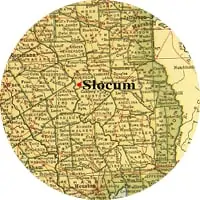
July 1910
East St. Louis, MO
A white mob killed nearly 50 black people and drove an estimated 6,000 out of the city.
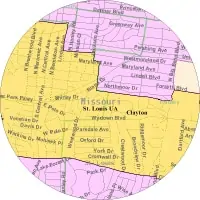
July 1917
Cover of "Le Petit Journal", 7 October, 1906. Depicting the race riots in Atlanta, Georgia. "The Lynching in the United States - The Massacre of Negroes in Atlanta"
Wilmington, N.C. race riot, 1898: Armed rioters in front of the burned-down "Record" press building
The "Red Summer" of 1919
Click on each city for the horrific details
Jenkins County, GA
When two white police officers were killed, local whites formed mobs and ravaged the black community, burning buildings and killing at least four people.
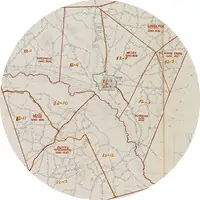
April
Charleston, SC
Feeling they had been cheated by a black man, white sailors attacked African Americans at random, killing six and injuring seventeen. Stores were ransacked and many black homes and businesses were extensively damaged.
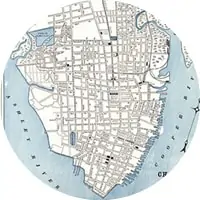
May
Washington, DC
For over a week, a posse of white men hunted down black men based on rumors of a “Negro fiend” attacking white women. They rioted, randomly beat black people on the street, and pulled others off streetcars for attacks.
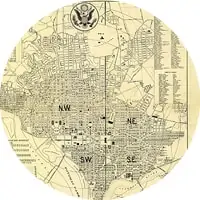
July
Indianapolis, IN
When a group of white youths thought they were being followed by African Americans, hundreds of white teenage boys converged on Garfield Park, where they used bricks and clubs to beat any blacks they came across.
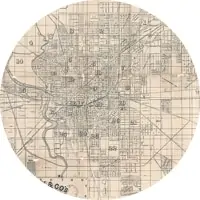
July
Chicago, IL
A black youth was stoned and downed because he swam into an area of a segregated beach customarily used by whites. When the police didn’t take action, young black men responded with violence that lasted for 13 days and resulted in white mobs destroying hundreds of black homes and businesses on the South Side of Chicago. There were at least 38 fatalities (23 blacks and 15 whites), 527 injured, and 1,000 black families left homeless.
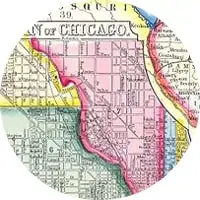
July-August
Knoxville, TN
The riot began when a lynch mob stormed the county jail searching for a biracial man accused of murdering a white woman. Unable to find him, they looted the jail, fought a pitched gun battle with the residents of a predominantly black neighborhood and attacked the district’s black business owners. Estimates of the death toll ranged from 25 to 40.
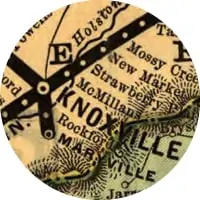
August
Omaha, NE
A mob of over 10,000 whites attacked and burned the county courthouse to force the release of a black prisoner accused of raping a white woman. After lynching the suspect and burning his body, they attacked black neighborhoods and stores, causing more than a million dollars in damage.
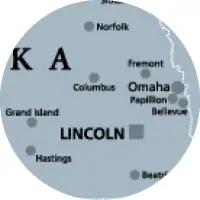
September
Elaine, AR
One of the worst events of “Red Summer,” in which at least 200 Black farmers and their families were slaughtered because they had unionized to bypass the sharecropping system for better pay and higher cotton prices. A white mob shot at them and the farmers returned fire in self-defense, but when news of the confrontation spread a massacre ensued. Not only were an estimated 100 to 240 African Americans killed, they were blamed for the event and charged with murder, 12 sentenced to death.
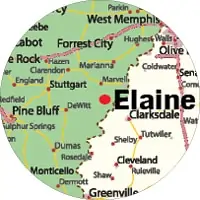
September
Corbin, KY
An armed mob of whites forced hundreds of African American residents out of town. Corbin became one of thousands of white-only communities that became known as “sundown towns,” because black people weren’t allowed there after dark.
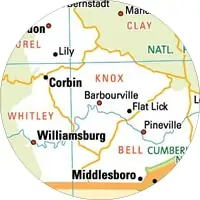
October
A house with broken windows and debris in the front yard African American family evacuating their house after it was vandalized in the 1919 Chicago race riot
African American man assaulted with stones during the Chicago Race Riot
African American neighborhood destroyed by fire during 1919 Chicago Race Riot. Chicago's South Side
A white gang hunting African Americans during the Chicago race riot
Family leaving damaged home after 1919 Chicago race riot
US News coverage of the Putnam County, Georgia, arson attack
The charred corpse of Will Brown after being killed, mutilated, and burned by a white mob during the Omaha race riot
Click on each city for the horrific details
Ocoee, FL
When African Americans attempted to vote, white mobs burned a black church and killed dozens of people, many dumped in a mass grave. It was the worst incident of election violence in American history.
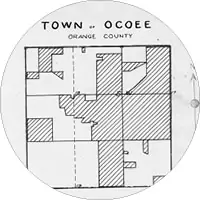
November 1920
Rosewood, FL
The town was burned to the ground and at least six people killed by a white mob out to revenge an assault of a white woman.

January 1923
Johnstown, PA
Based on an incident in which four policeman were killed by a black Man, all Blacks and Hispanics who had lived in the area for less than seven years—an estimated 2,000 people—were forced to leave.

September 1923
Catcher, AR
Within the span of a few days, an African American man was murdered, 11 others were charged with night riding, and after serious threats to their safety, every African American family left the area.

December 29, 1923
Ku Klux Klan parade in Washington, D.C. in 1926
Lynching in the U.S. reached their height from the 1890s to the 1920s, and they primarily targeted African Americans and other ethnic minorities.
News coverage of the 1919 Chicago Race Riot
A cabin burns in Rosewood, FL January 4, 1923
Tulsa, OK
Generally considered the worst incident of racial violence in American history, the “Tulsa race massacre” (also known as the Tulsa race riot or the Black Wall Street massacre) took place on Memorial Day Weekend when mobs of white residents, many having been deputized and given weapons by city officials, attacked Black residents and destroyed homes and businesses in Tulsa’s Greenwood District. The attackers burned and destroyed more than 35 square blocks of the neighborhood, at the time one of the wealthiest Black communities in the United States, known as "Black Wall Street.” Fatalities were estimated at between 75 and 300, with more than 800 admitted to hospitals.
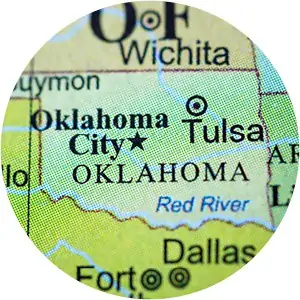
May 31 + June 1, 1921
Buildings burning during the Tulsa race massacre of 1921
Aftermath of the Tulsa race massacre, June 1, 1921
The Civil Rights Era to the Present
Click on each city for the horrific details
Birmingham, AL
A terrorist bombing in which four members of the local Ku Klux Klan planted 19 sticks of dynamite attached to a timing device beneath the steps on the east side of the 16th Street Baptist Church on a Sunday morning, killing four young African American girls and injuring as many as 20 other people.
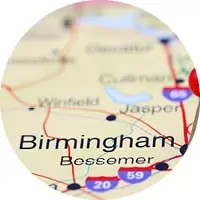
September 1963
Orangeburg, SC
Three students involved in a peaceful protest were killed and 28 injured, most shot in the back by the state police.
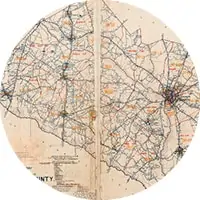
February 1968
Greensboro, NC
Five people were killed when the Ku Klux Klan and Nazis fired on an anti-Klan rally. The police, who had been warned of potential trouble, were suspiciously absent at the time of the attack.
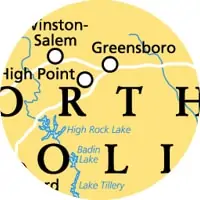
November 1979
Philadelphia, PA
The Philadelphia Police Department dropped a C-4 bomb on the home of the MOVE organization, killing eleven people, including five children, and wiping out 61 homes in two city blocks.

May 1985
Charleston, SC
Nine African American churchgoers were gunned down inside Charleston’s historic Mother Emanuel A.M.E. Church in an act of white supremacist terrorism that has become known as the “Charleston Church Massacre.”
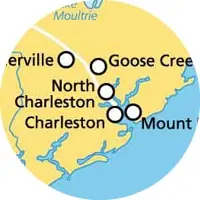
June 2015
The surroundings of the 16th Street Baptist Church after the explosion, Biringham, AL
The four girls killed in the bombing (clockwise from top left): Addie Mae Collins, Cynthia Wesley, Carole Robertson, and Carol Denise McNair
A mob of racists beats Freedom Riders in Brimingham, Alabama. This picture was reclaimed by the FBI from a local journalist who also was beaten and whose camera was smashed.
Aerial view of smoke rising from smouldering rubble where some 60 homes were destroyed by fire after a shoot out and bombing at the back-to-nature terrorist group MOVE's house in West Philadelphia, PA while police were attempting to force the group's eviction.
Photographs of the nine victims killed at the Emanuel African Methodist Episcopal Church in Charleston, South Carolina are held up by congregants during a prayer vigil at the Metropolitan AME Church June 19, 2015 in Washington, DC. Dylan Storm Roof was convicted for perpetrating the Charleston church shooting and confessed that he committed the shooting in hopes of igniting a race war. Roof’s actions in Charleston have been widely described as domestic terrorism.
What is being done to begin to make reparations for all of these crimes?
National African American Reparations Commission (NAARC)
The NAARC has developed preliminary recommendations to guide the struggle for reparations for people of African descent in the U.S.:
- A formal apology and establishment of a MAAFA/African Holocaust Institute.
- The right of repatriation and creation of an African knowledge program.
- The right to land for social and economic development.
- Funds for cooperative enterprises and socially responsible entrepreneurial development.
- Resources for the health, wellness and healing of black families and communities.
- Education for community development and empowerment.
- Affordable housing for healthy black communities and wealth generation.
- Strengthening Black America’s information and communications infrastructure.
- Preserving Black sacred sites and monuments.
- Repairing the damages of the “criminal injustice system.”
From the preamble:
“A political and economic system infected with white supremacy and structural/institutional racism persisted in retarding the dreams and aspirations of a people courageously striving to sustain families, build institutions and create healthy communities in a hostile land. The devastating damages of enslavement and systems of apartheid and de facto segregation spanned generations to negatively affect the collective well being of Africans in America to this very moment. Indeed, despite the civil rights/human rights “gains” achieved by the Black Freedom Struggle, the crises that continue to plague millions of Black people are incontrovertible proof that the disease of white supremacy still permeates the socio-economic and political culture, structures, institutions and systems of this society.”
Please support legislation pending in the House of Representatives: H.R. 40 – Commission to Study and Develop Reparation Proposals for African Americans Act.
To address the fundamental injustice, cruelty, brutality, and inhumanity of slavery in the United States and the 13 American colonies between 1619 and 1865 and to establish a commission to study and consider a national apology and proposal for reparations for the institution of slavery, its subsequent de jure and de facto racial and economic discrimination against African-Americans, and the impact of these forces on living African-Americans, to make recommendations to the Congress on appropriate remedies, and for other purposes.